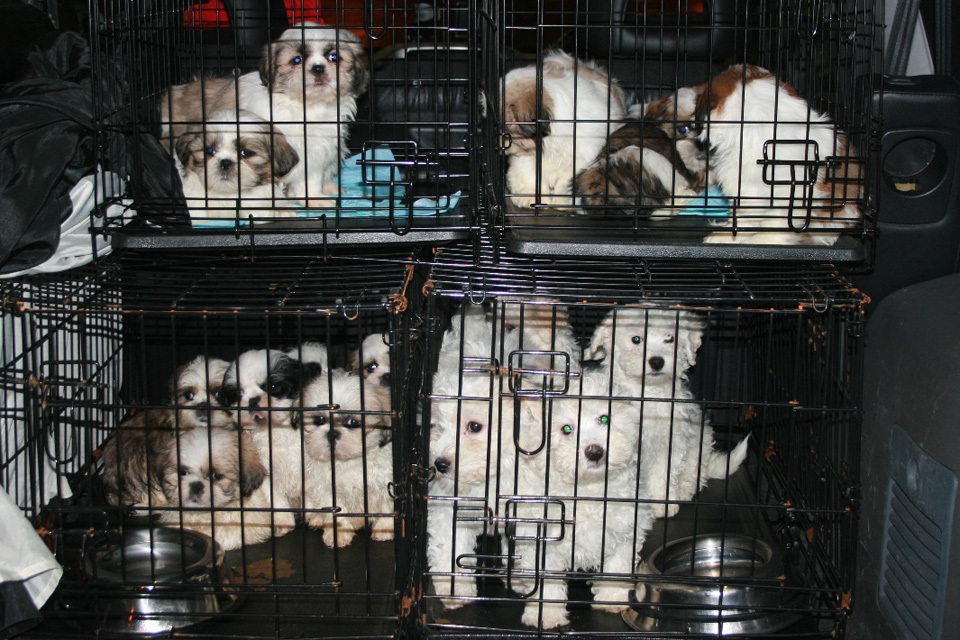
They are put in dangerous situations in traffic, and may suffer serious injuries if they are hit by cars. In addition, horses spend a lot of time tied up, when they are waiting for customers or during hours when they aren’t working. In many places the use of horses for transportation is a tourist attraction, which is a similar form of exploitation to that of other domesticated animals used for work. Horses are ridden with a saddle, used to pull carriages, and used as forced labor in agricultural production.

There are several ways humans use animals for traction: hooking the animals up to carriages, making them provide traction for agricultural tools (such as plows), using them as animal engines in windmills and waterwheels (sometimes referred to as “blood mills”), and using them for exhibitions. Animals used for transportation and for tractionĭomesticated animals who are used to provide transportation and perform traction (such as pulling carriages or plows) are generally known as “draft animals.” Animals are employed in this manner by people in many countries. If they suffer major injuries, they are usually killed. Many other animals, such as those used for transport, risk injury and death. This is not the case only for police dogs and animals used in the military. The activities work animals perform can be stressful, dangerous, and sometimes lethal. Even if working animals are given certain measures of care, the animals lose much more than they gain from being used as laborers. The fruits of the animals’ labor does not benefit the animals themselves. All of this occurs because those who use animals do it for a profit.Īs with human exploitation, those who use animals for work take advantage of the animals’ effort and suffering for their own benefit. The animals may not be fed or housed well, or given health care because it might be more economical to replace them if they die rather than taking care of them. This makes both the children and the mothers suffer. As part of the breeding process, mothers are often confined in places where they suffer from loneliness and boredom, and their children are separated from them, which may occur when the children are just a couple of months old. In addition, the animals are usually bred for a specific purpose. When working animals are no longer able to work well, they are often killed and replaced. There may be specific cases in which some animals enjoy performing certain activities for which they are used, but these are exceptions, and such uses of animals still occur within a framework of exploitation that harms them in other ways. So-called beasts of burden die from exhaustion during their work, or they are killed because they can’t work any more. In fact, it is very common for them to be exploited to death. In addition, they are caused stress and unhappiness by the tedium of their activities, and fear and anguish at the punishment or the tasks they face. Jobs for which nonhuman animals are used are often tiresome and may cause physical pain, such as when the animals have to carry heavy loads or they are hit with whips or other objects to make them run, carry weight or perform some other type of work. But this supposition does not hold for the following reasons. Some people may think that animals enjoy carrying out these tasks, and that they benefit from being used in these ways.

Others are used as police dogs, or guide dogs. They are used as a means of transport, to pull plows, carry goods, and to power mills. Many animals are forced to do physical labor.


 0 kommentar(er)
0 kommentar(er)
